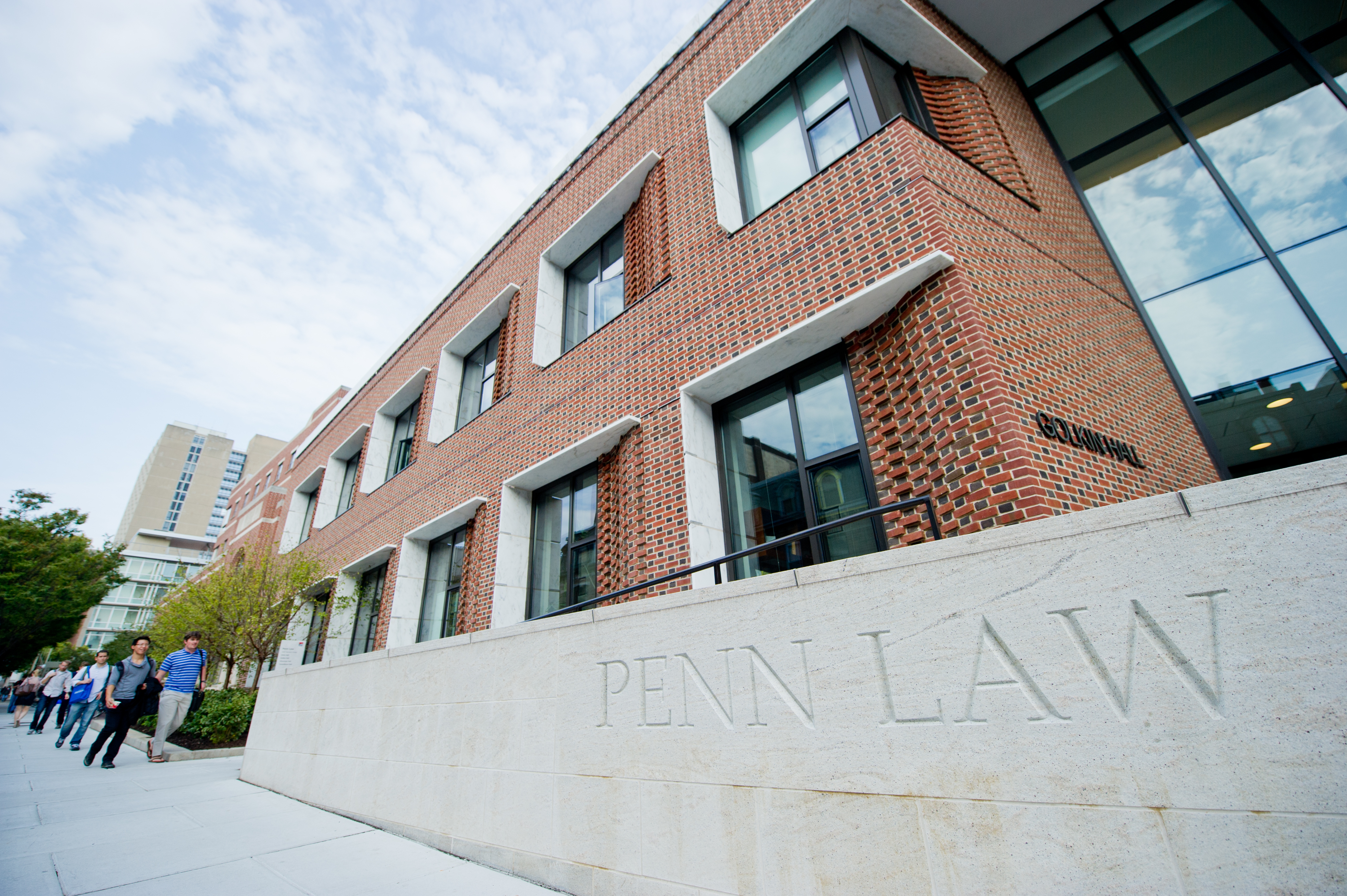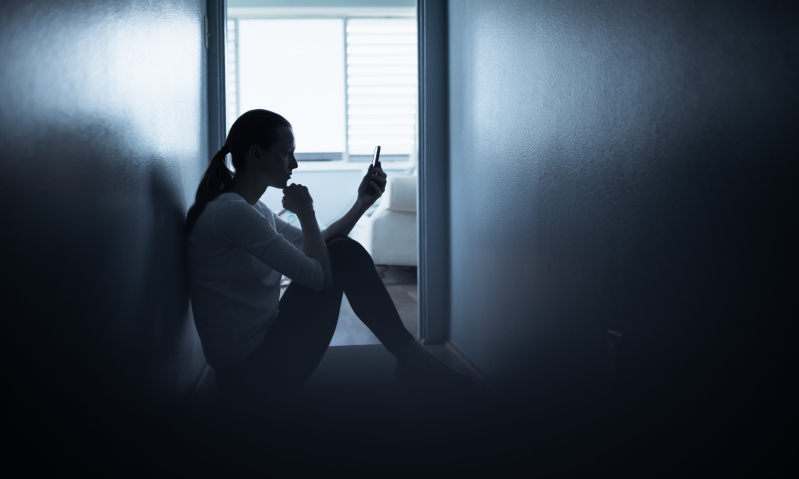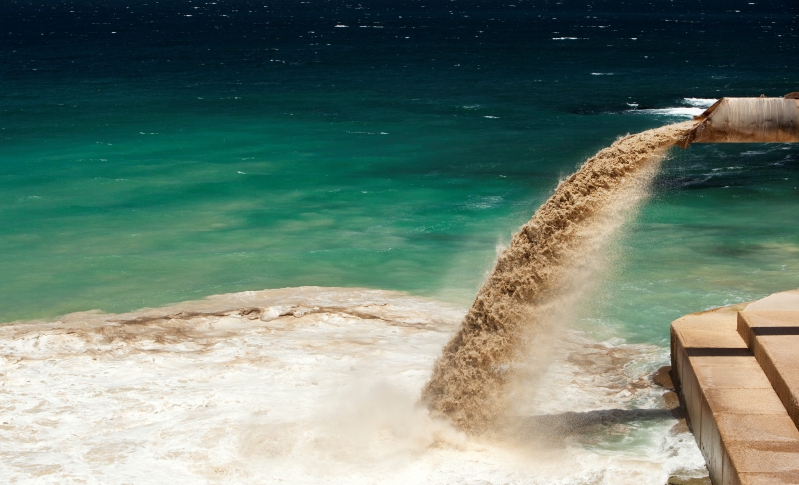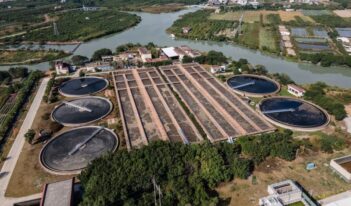
Two essays by the student winners of a Penn Law essay competition describe important regulatory issues.
Last spring, University of Pennsylvania Law School Professor Sophia Lee hosted an essay competition for students enrolled in her Administrative Law course. Each student in her class researched a federal rulemaking or proposal and then wrote an essay about it. The top essays were selected and submitted to The Regulatory Review, and our editorial team followed a blind review process and further selected the two best essays to publish.
We are pleased to announce that the 2021 winning essays were authored by Alexander Sprenger, a member of the University of Pennsylvania Law School Class of 2022, and Katherine Rohde, a member of the University of Pennsylvania Law School Class of 2023. Their essays appear below, in alphabetical order by each author’s last name.
We extend to Alexander and Katherine our sincerest congratulations—as we also congratulate and thank all the students whose excellent essays we read. We especially thank and applaud Professor Lee for her innovative and insightful teaching of Administrative Law.
* * *
Addressing Suicide Risks Among LGBTQ+ Youth
Katherine Rohde
Analysis | Technology
Agencies consider deploying LGBTQ-focused suicide prevention resources.

When facing a mental health crisis, it is easier to remember three numbers rather than ten.
This proposition is what motivated the U.S. Congress to establish a new three-digit emergency number for mental health crises. Beginning this summer, callers can dial 988 and immediately connect with counselors at the National Suicide Prevention Lifeline.
The dialing code is the result of four years of coordination between Congress and multiple administrative agencies, but work remains to address the needs of a uniquely vulnerable group—LGBTQ youth.
Suicide is the tenth leading cause of death in the United States. Every day, there are on average 132 suicides across the country. Suicide rates are even higher for the LGBTQ community. LGB youth are four times more likely to attempt suicide than their peers, and almost one-third of transgender and nonbinary youth have attempted suicide.
To address this mental health crisis, Congress passed the National Suicide Hotline Improvement Act of 2018. Congress tasked the Federal Communications Commission (FCC) with examining the feasibility of designating a three-digit dialing code for a national suicide prevention and mental health crisis hotline, as well as examining the current effectiveness of the National Suicide Prevention Lifeline.
The Lifeline was originally launched in 2005 by the Substance Abuse and Mental Health Services Administration (SAMHSA) and a nonprofit organization, Vibrant Emotional Health.
Callers can currently reach the Lifeline by dialing 1-800-273-8255, which routes callers to their nearest crisis center to receive immediate counseling. In 2007, the U.S. Department of Veterans Affairs partnered with SAMHSA to implement the Veterans Crisis Line. After dialing the Lifeline, veterans can press 1 to connect to specially trained responders.
In response to the National Suicide Hotline Improvement Act of 2018, the FCC proposed implementing 988 as a three-digit dialing code to reach the Lifeline. It also sought comment on the benefits of a new integrated voice response menu and other specialized training for responders to handle calls from LGBTQ youth.
The nation’s largest LGBTQ youth suicide prevention organization, The Trevor Project, provided multiple comments. The organization urged the FCC to recommend the provision of specialized services for LGBTQ suicide prevention, suggesting that the Lifeline transfer appropriate calls to The Trevor Project counselors. Alternatively, the organization offered its services to train Lifeline counselors on LGBTQ mental health issues.
The Trevor Project noted that the Lifeline already diverted veterans who called to receive more specialized care. It argued that the unique kind of mental health crises among LGBTQ youth justified the same measure. The National Alliance on Mental Illness, LGBT Technology Partnership, and over a hundred concerned citizens joined in support of providing LBGTQ-specialized services.
Vibrant, the administrator of the Lifeline, also submitted multiple comments. Vibrant supported the FCC’s proposal to route 988 calls to the existing toll-free access number, noting that routing calls from a central point provides Lifeline flexibility to design specialized routing for self-identifying groups, such as veterans, Spanish speakers, or LGBTQ youth. Vibrant also explained that it intended to work with SAMHSA, Veterans Affairs, and other partners to provide accurate cost projections for specialized services for high-risk populations, such as LGBTQ youth.
Despite seeking comment on specialized services for LGBTQ youth in its notice of proposed rulemaking, the FCC did not address the issue in the materials accompanying the agency’s final rule. It only explained that, although commenters raised some additional and important issues, they were best addressed by other actors, such as SAMHSA, Veterans Affairs, or the administrators of the Lifeline itself.
A month after the FCC published its final rule, Congress passed the National Suicide Hotline Designation Act of 2020. In addition to codifying 988 as the universal telephone number for reaching the Lifeline, Congress also required that SAMHSA be equipped to provide specialized resources to high-risk populations, including LGBTQ youth, American Indian and Alaska Natives, and rural Americans.
Congress directed SAMHSA to submit a report to Congress within 180 days of the Act detailing a strategy to provide specialized services to these high-risk populations, including recommendations about specially trained counselors and integrated voice response systems. A search in public records failed to indicate whether the report was submitted.
Still, efforts to improve mental health services for LGBTQ youth continue. Late last year, SAMHSA announced a collaboration with the Trevor Project to update Lifeline counselor training materials for LGBTQ youth. The agency also anticipates implementing a “Lifeline-to-Trevor Project” transfer process, where LGBTQ youth who call the lifeline will be seamlessly transferred to specialized counselors with The Trevor Project.
In addition, the FCC recently issued a final rule requiring all text providers to support text messaging to 988, noting that LGBTQ youth are more likely to rely on text messages to communicate.
The 988 dialing code will become available for calls and texts on July 16, 2022.
* * *
Debate Continues Over Redefined Scope of the Clean Water Act
Alexander Sprenger
Analysis | Environment
The Biden Administration plans once again to expand agencies’ power to regulate water pollution.

Almost every human activity requires water in some form. Consequently, federal water pollution regulation affects a wide range of stakeholders with competing interests.
In April of 2020, the Environmental Protection Agency (EPA) and the United States Army Corps of Engineers, following one of the Trump Administration’s most contentious environmental rulemaking efforts, issued a final rule that sharply narrowed the scope of the federal government’s regulatory authority under the Clean Water Act.
Now, as the Biden Administration continues to reverse the direction of regulatory agencies under the previous administration, the debate over EPA’s jurisdiction to regulate water pollution is far from over.
The Clean Water Act empowered EPA to control pollution discharged into “navigable waters.” The statute, however, does not precisely define which water bodies are navigable—although it also uses the term “waters of the United States” to describe the limits of EPA’s regulatory jurisdiction.
The current debate over defining the “waters of the United States” took shape in 2015, when EPA and the Army Corps under the Obama Administration finalized a groundbreaking clean water rule. This regulation expanded federal jurisdiction over water features such as ponds, wetlands, and other bodies that only seasonally hold water.
The clean water rule, however, faced heavy opposition and legal challenges from numerous entities, especially in the energy and agriculture sectors, that viewed the regulation as an example of intrusive federal overreach. Numerous conservative and business groups argued that the rule impeded economic growth and interfered with insignificant water bodies such as cattle ponds.
Ahead of the 2016 presidential election, President Donald J. Trump promised to undo the clean water rule. Within weeks of taking office, he issued an executive order directing EPA to take action.
EPA and the Army Corps carried out this directive in two steps. First, the agencies finalized a rule reversing the clean water rule. Second, they initiated a notice-and-comment rulemaking process to develop a new definition for the “waters of the United States.”
This second step drew an especially strong public reaction, evident from the 661,692 public comments written. Some state agencies were critical of the rule. Secretary of the Maryland Department of the Environment Ben Grumbles criticized the proposed rule for eliminating “interstate waters” as a distinct jurisdictional category, as well as ephemeral tributaries that only convey water after rainfall. Secretary Grumbles expressed concern that deregulation would lead to a loss in biodiversity, increased flood risks, and expensive pollution mitigation measures.
Also, indigenous groups such as the Stillaguamish Tribe warned that the regulatory rollback would harm culturally and economically important aquatic species such as salmon.
Nevertheless, the final rule retained much of the language from the proposed rule. For instance, the regulation excluded “interstate waters” as a jurisdictional category of features, and it only slightly restored the scope of regulated ephemeral streams.
The preamble supporting the agencies’ conclusions says very little about the likely environmental and economic effects of the reduced “waters of the United States” definition. Instead, the preamble discusses how the text of the Clean Water Act, its legislative history, and Supreme Court precedent do not permit the broad jurisdiction exercised by the Obama Administration.
The question of EPA’s authority remains far from settled as federal agencies look to change course once again. EPA administrator Michael Regan previously criticized the Trump Administration’s redefinition of EPA’s Clean Water Act jurisdiction, arguing that it “threatens decades of improvements in water quality.”
EPA and the Army Corps announced a proposed rule on November 18, 2021, which would restore the definition of “waters of the United States” to where it stood before 2015. A second, separate rulemaking process to update and expand Clean Water Act jurisdiction will follow.
Nevertheless, the Supreme Court may end up with the final say. The Court granted review of Sackett v. EPA on January 24, 2022, which could set the stage for a decision defining the limits of the Clean Water Act, especially concerning wetlands.
At least for now, the definition of the “waters of the United States” remains fluid.



